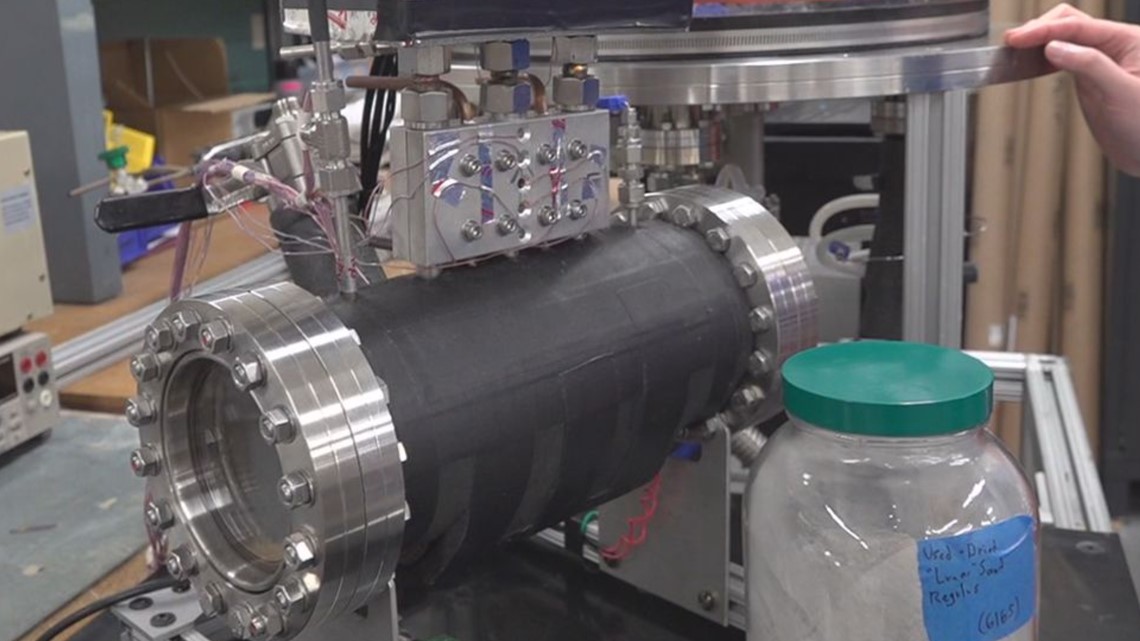LANCASTER, Pa. — The last time humans stepped foot on the moon was in December of 1972, with the Apollo 17 mission. Today, scientists and researchers at Advanced Cooling Technologies (ACT) in Lancaster are developing technologies that could help us return to the moon in the near future.
NASA awarded the local company $750,000 as part of its Small Business Innovation Research grants program.
“The goal is to allow humans to survive on the moon for a long period of time, and we developed technology that will enable people to collect water and use water on the moon surface in the near future," says Dr. Kuan-Lin Lee, a research and development engineer for ACT.
Lee is working on a project that aims to mine ice from the moon's surface.
“There is strong evidence showing that there is water ice located on the moon surface, typically in the permanent shadow regions, and how to extract that ice from regulus is extremely difficult," Lee tells FOX43. "We believe that’s a thermal challenge. And it can be also applied for any kind of planetary surface. Not just moon, but also Mars missions.”
The lunar ice miner has two parts. First, it extracts the ice and freezes it to the surface. Then, it melts the ice and collects it, before repeating this process over and over again.
Lee plans to scale up this system for their phase 2 research.


Bryan Muzyka, Manager of Sales and marketing for ACT, tells Fox43 that it is exciting to receive this grant from NASA and that our community has the right infrastructure in place to handle these types of projects.
“We have all the resources here in Lancaster to not only do the engineering but the fabrication and testing to prove to companies like NASA that we can deliver on these types of programs," he says.
ACT will have two years to develop and deliver their projects.
The company is also working on constant conductance heat pipes that will go on board NASA’s Nancy Grace Roman telescope, which will replace the Hubble.
For Lee, developing these technologies is like a dream come true.
“I’ll be very excited to see this kind of technology being realized in the future," Lee says.

